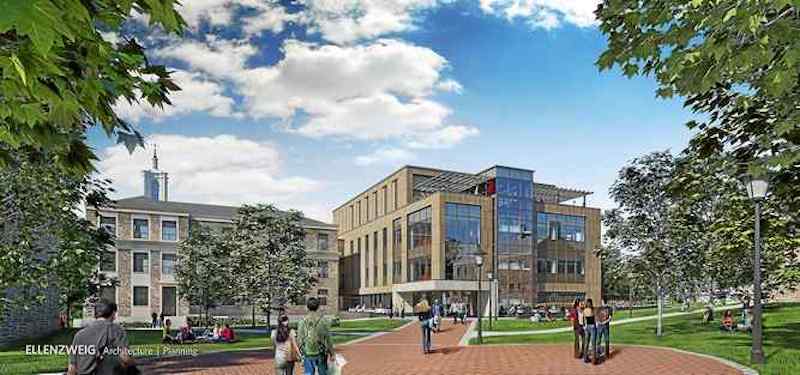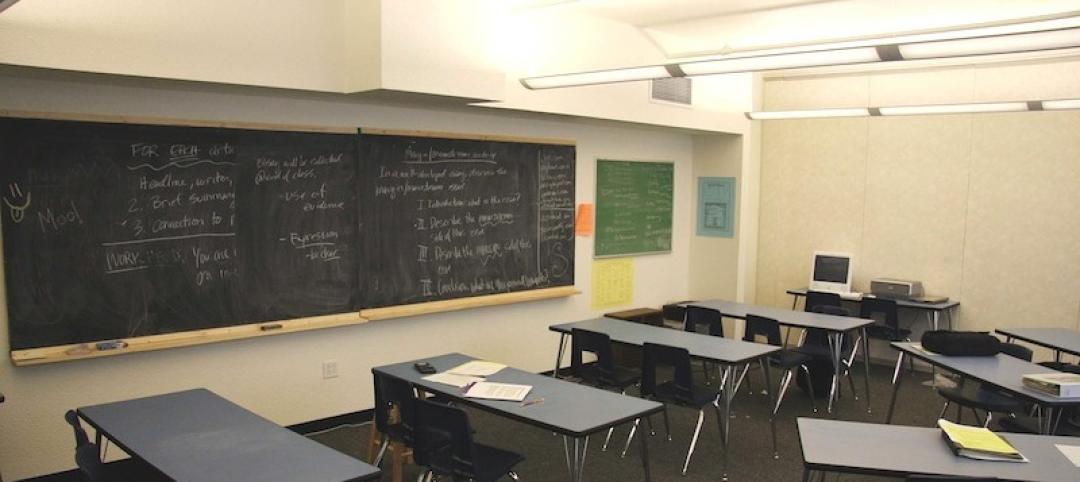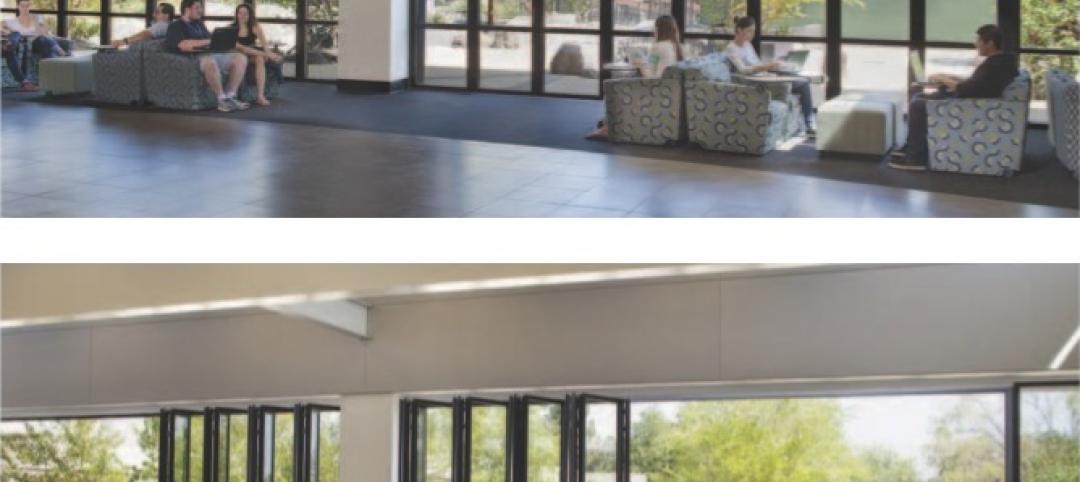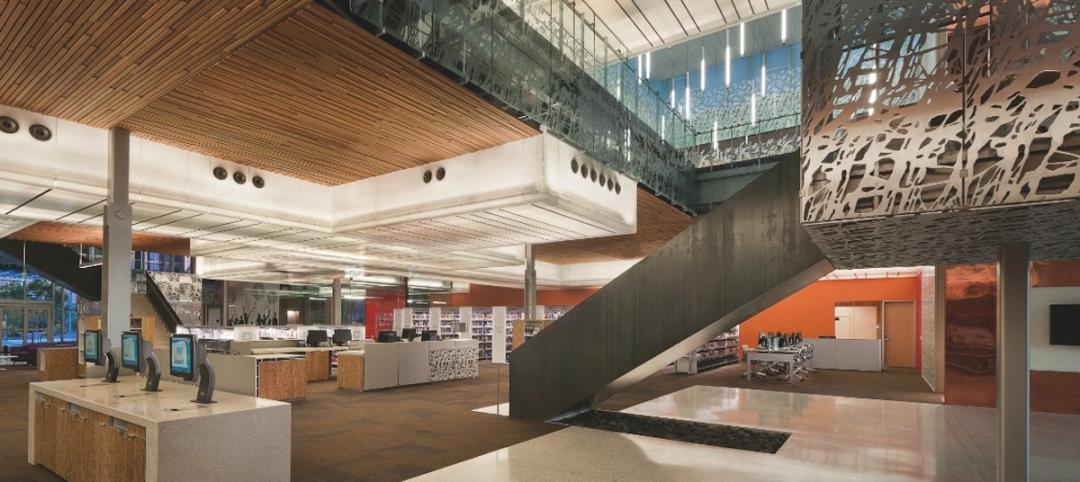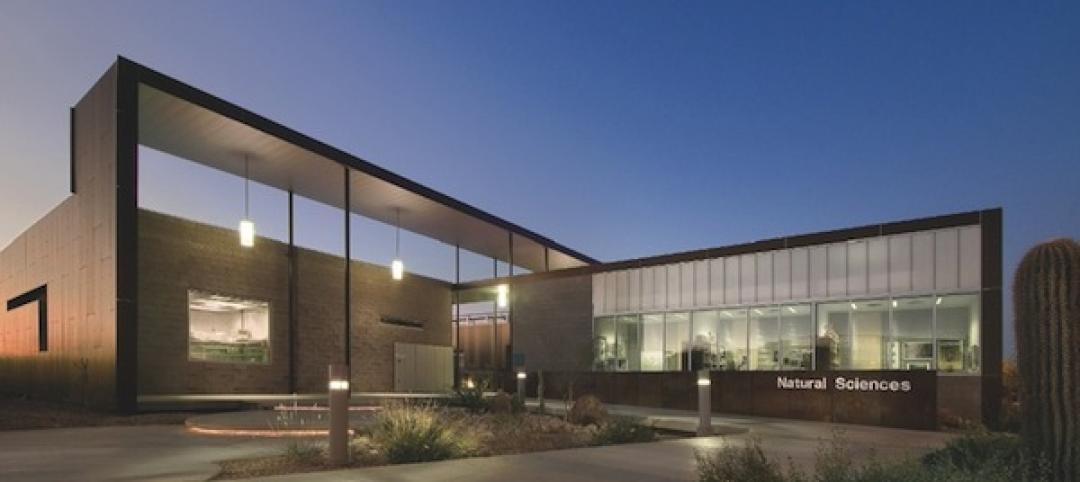More than half of the school districts and colleges responding to a recent survey expect to initiate construction projects in 2017, the majority of which will be major renovations or modernizations.
College Planning & Management, which conducted the survey for its annual “2017 Facilities and Construction Brief,” also found that few school districts or institutions are banking on more funds being made available for future construction projects.
The magazine bases its mostly optimistic projections partly on demographic data that project enrollment of 18 to 24 year olds by degree-granting postsecondary institutions to increase by 13% between 2013 and 2024. Enrollment of 25 to 34 year olds during that period is expected to grow by 17%, and by 10% for enrollees 35 or older.
The report notes that while the nation’s population grew last year by 0.7%, numerical gains were concentrated in 10 states, led by Texas (432,957), Florida (367,525), and California (256,077). Contrarily, eight states lost population: Connecticut, Illinois, Mississippi, New York, Pennsylvania, Vermont, West Virginia, and Wyoming.
“We know that the population of the U.S. is growing, and along with it enrollment of our K-12 schools,” the report states. “We know there is an ongoing deferred maintenance problem and a need to invest in the improvement of existing facilities. And we know that construction and renovation of educational facilities [are] finally on the rise.”
The Census Bureau estimates that spending on education construction (which includes museums and libraries) in 2016 increased by 6.5% to $88.9 billion, the most spent since 2009 and the largest year-over-year percentage gain since 2008.
Drilling down, the report takes a closer look at past and future construction for both K-12 and colleges.
Based on responses from 90 preK-12 school districts in 33 states, 44% neither completed any construction projects in 2016, nor had any completions planned for this year. Another 47% said they wouldn’t be starting any new products this year, either.
On the positive side, 39% completed major renovations or modernizations in 2016, 34% will start a major renovation or modernization this year, and another 20% expect to complete one of these projects in 2017.
Sixteen percent of the responding school districts completed an addition last year, 16% will start an addition this year, and 18% will complete an addition in 2017.
Eighteen percent of preK-12 districts completed a new or replacement building in 2016, 27% will start one this year, and 21% will complete such a project in 2017.
Based on responses from 73 colleges or universities operating in 36 states, 27% did no construction in 2016, 32% have no construction scheduled for completion this year, and 37% have no plans to start construction in 2016.
But nearly three in five of the respondents—59%— completed a renovation or modernization in 2016, 47% plan to start such a project this year, and 53% expect to complete one in 2017.
Nearly one in five—19%—completed an addition last year, 15% will start one this year, and 28% expect to complete an addition in 2017. More than a quarter of respondents—26%—completed a new or replacement building in 2016, 27% will start one in 2017, and 36% will start one this year.
Given the strength of this construction activity, uncertainties about financing cloud future projects. Thirty-six percent of school districts thought that fewer funds would be available to them, and nearly two-fifths—39%—thought available funding would be flat. Among the college/university respondents, 43% expected to have fewer funds at their disposal, and one-third thought their funding wouldn’t change.
Related Stories
| Mar 22, 2013
8 cool cultural projects in the works
A soaring opera center in Hong Kong and a multi-tower music center in Calgary are among the latest cultural projects.
| Mar 21, 2013
Are charter schools killing private schools?
A recent post on Atlantic Cities highlights research by the U.S. Census Bureau's Stephanie Ewert that shows a correlation between the growth of charter schools and the decline in private school enrollment.
| Mar 20, 2013
Folding glass walls revitalize student center
Single-glazed storefronts in the student center at California’s West Valley College were replaced with aluminum-framed, thermally broken windows from NanaWall in a bronze finish that emulates the look of the original building.
| Mar 14, 2013
25 cities with the most Energy Star certified buildings
Los Angeles, Washington, D.C., and Chicago top EPA's list of the U.S. cities with the greatest number of Energy Star certified buildings in 2012.
| Mar 14, 2013
How to win more work from community colleges
The nation’s thousand-plus community college districts can be a steady source of income for your Building Team—provided you appreciate the special needs of this important sector of the higher education market.
Building Enclosure Systems | Mar 13, 2013
5 novel architectural applications for metal mesh screen systems
From folding façades to colorful LED displays, these fantastical projects show off the architectural possibilities of wire mesh and perforated metal panel technology.
| Feb 25, 2013
10 U.S. cities with the best urban forests
Charlotte, Denver, and Milwaukee are among 10 U.S. cities ranked recently by the conservation organization American Forests for having quality urban forest programs.
| Feb 17, 2013
Suffolk University’s $62 million academic building gets the go-ahead
The Boston Redevelopment Authority board yesterday unanimously approved Suffolk University’s plans to move forward with a new campus building at 20 Somerset St. that will feature general-use and science classrooms, a light-filled cafeteria/function space, and indoor and outdoor lounging areas.


